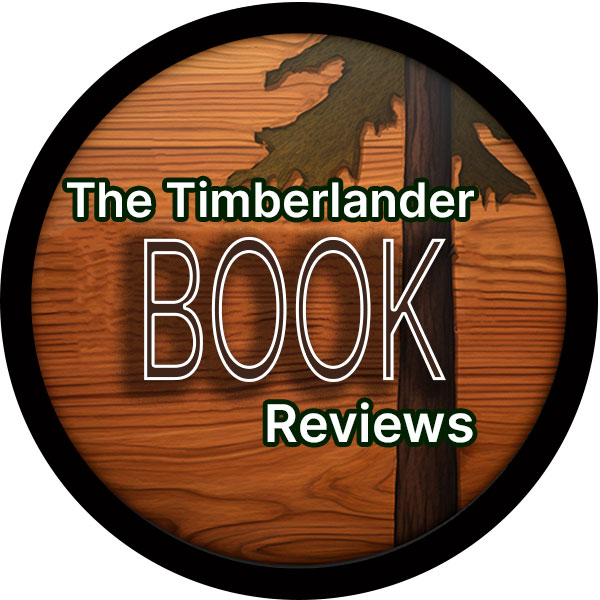The Emotional Craft of Fiction by Donald Maass is an essential book to have for every novel writer.
Donald Maass is a literary editing GOD. There is no better way to say it.

The Emotional Craft of Fiction is an excellent book by Donald Maass.
I’ve now maintained a snail’s pace, using pen and stickies, to actively absorb every possible word of three of his books–Writing the Breakout Novel, Writing 21st Century Fiction–and now The Emotional Craft of Fiction.
During the fall, I took the Revision class offered by J. Suzanne Frank, the director of Southern Methodist University’s Writer’s Path program. The go-to book Suzanne recommended for that phase of writing was Maass’ Writing 21st Century Fiction. What an amazing book it is. But….
Sharing The Emotional Craft of Fiction with others.
Suzanne, whom I refer to as the Jedi Writing Master, didn’t know about this new work Maass published late last fall. Heading into back surgery last week, I had Amazon rush me a copy knowing the value of Maass’ work. Lord have mercy! At one in the morning yesterday I was photographing entire pages of Mr. Maass’ work, the part about the mirror moment–a term I’d only heard Suzanne use up until I found it in Maass’ book–and I decried she should just hand out the simple section on mirror moments where Maass says, “If you haven’t felt this emotion, essentially you don’t have a mirror moment!”
That was one of that sun-ray shining only on you during dark, dank, cloudy day moments. My mirror moment in my present draft of The Voodoo Hill Explorer Club is heavy, but with the aid of Mr. Maass’ study suggestions, it’s about to become a whole lot more intense.
Example from my WIP, The Voodoo Hill Explorer Club.
Case in point: Kirk Carson, 14, has worked with his three closest friends all summer to build the treehouse of his dreams in the woods off KI Sawyer AFB, (Upper Peninsula of Michigan), in 1977, largely in an effort to forget about his first true love, Rose Maxwell, dumping him for the base bully, Billy Banks, the son of the Wing Commander.
While in the woods, the boys are met with a series of triumphs and setbacks, natural, self-inflicted, and mysterious–Lewis Luntz keeps saying it’s the Chippewa Haints who still roam the woods of Hiawatha–but what they don’t know is it’s a Soviet spy hiding out in the woods tracking the number of B-52s armed with nuclear weapons and by being in the woods off base, the boys have encroached on his hideout.
The way it turns out, the spy has made it look like the boys will be safer under the leadership of Billy Banks and they vote to remove Kirk, and he feels their act is the ultimate betrayal.
Now to apply The Emotional Craft of Fiction to my WIP.
I have all that in decent shape in my MSS, but what I now need to do is the exercises in Maass’ The Emotional Craft of Fiction, to help my readers feel the utter agony and humiliation Kirk feels as he learns the other three have already made the decision, have invited Billy–and Rose–to their “secret” fort in the woods and everything he has worked for and dreamed of, has been ripped away from him like a scab.
Did I mention that the day before, Kirk was also humiliated by Billy Banks–coaxed into jumping off the Devil’s Ledge at Chimney Rock, a sixty-five-foot plunge to a Little Laughing Whitefish Falls Lagoon liquid enema?
Kirk has had two bad days back to back and so now it’s time to do some of the exercises Maass has on page 99.
- “Is your protagonist lost or seeing a way forward?”
- “What does it feel like to be suspended, lifted out of time, in a moment of pure being?”
I’m ready to write those answers.
The Emotional Craft of Fiction is a FANTASTIC read for anyone in the throws of writing any revision of their WIP.
I’ve had a dustup with some dude on Twitter the past few hours who is all bent up about marked/unmarked linguistics.
Pet Peeve: Using BOTH when you can simply write ‘1 and 2’.
Both 1 and 2 = Both Both. It’s like saying something is ‘a tiny, little house.’
You see I tried to respectfully convey to Mr. Maass that for me, he overuses the word BOTH when he links two items together with the conjunction AND.
In my copy of the book, I simply began marking them out–there are that many.
One of my peeves.
There’s nothing wrong with the use of the word BOTH, but it becomes a visual stop sign with repeated use and many writers on my Heather Sellers-inspired 101 book list do it, too.
The Emotional Craft of Fiction offers great insights and tips for writers of any stripe.
Other than that, I love Mr. Maass’ insight and his devotion to helping writers like myself learn more about the craft of fiction writing.
This is a very good book.
I think, for where I am right now, the most important of the three Maass has written and it could not have come along for me at a better time.
Thank you, Donald Maass.
I’m looking forward to what you do next.
Oh, and by the way, Suzanne said yesterday she was jumping over to Amazon to order her own copy.
Here’s my (affiliate) link if you’ve not already followed one of the previous: The Emotional Craft of Fiction







0 Comments